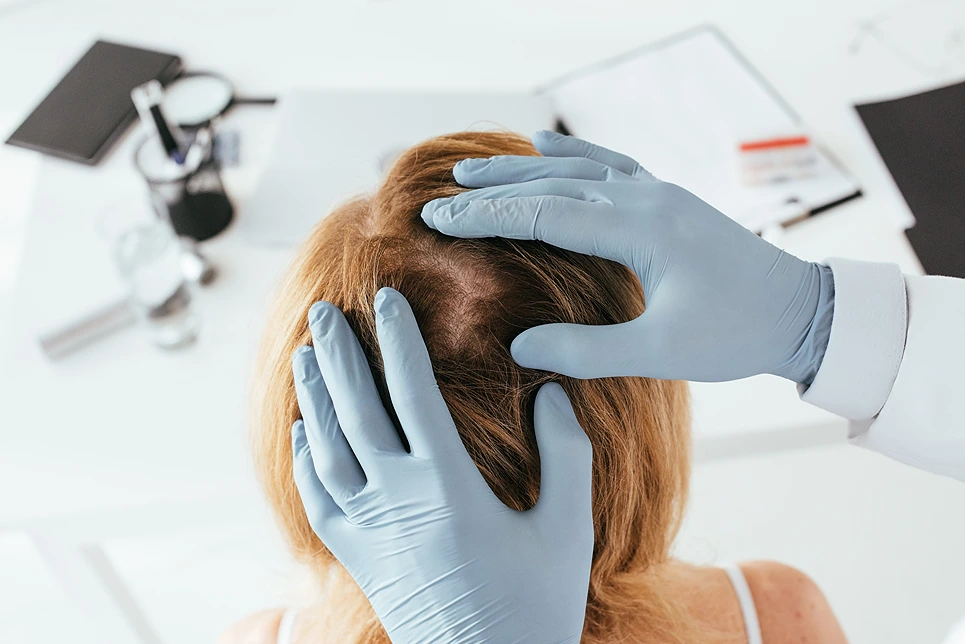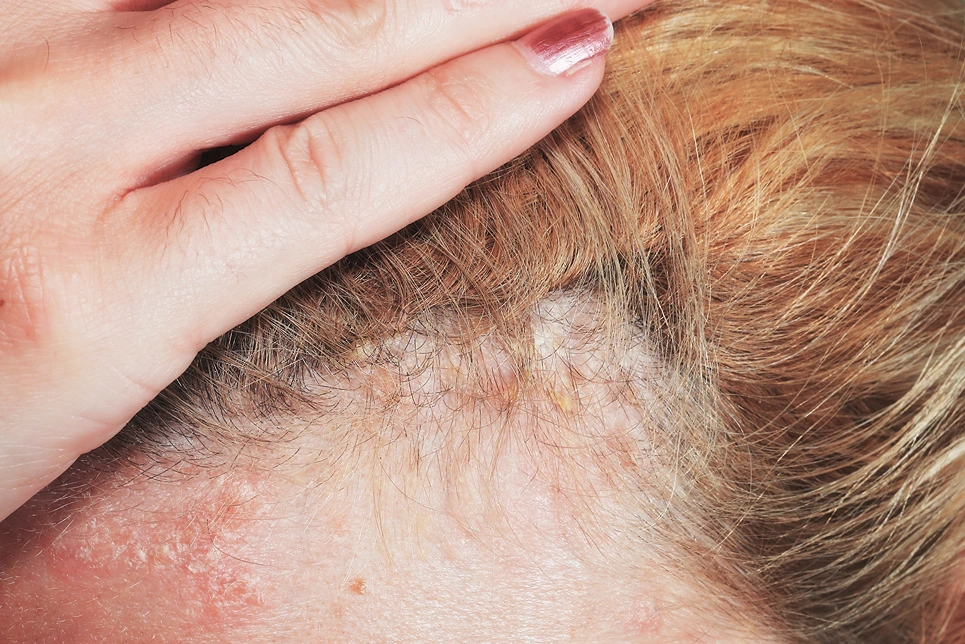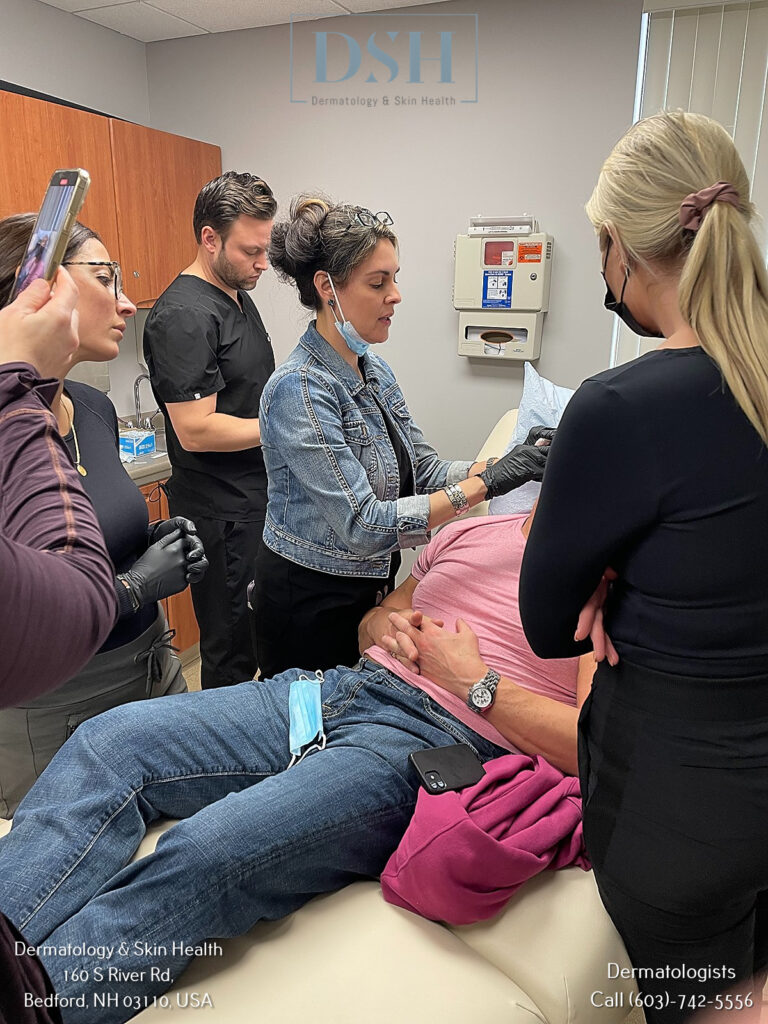

Mohs surgery is a specialized technique often used to treat skin cancers on the scalp.
This precise procedure involves meticulously removing cancerous tissue layer-by-layer and examining each layer under a microscope until no cancer cells remain.
For those facing Mohs surgery on the scalp, this procedure can raise many questions and concerns. In this comprehensive guide, we’ll walk through what patients need to know before, during, and after Mohs surgery on the scalp.

There are a few key reasons Mohs surgery is commonly used to treat skin cancers on the scalp:
Overall, Mohs surgery allows doctors to eliminate cancers while preserving normal scalp anatomy and function. This makes it the gold-standard treatment for high-risk scalp cancers.
To understand what happens during Mohs surgery on the scalp, let’s walk through the typical process:
Before surgery, patients will have an appointment to discuss the procedure and receive instructions. Medications may need to be stopped or adjusted.
On surgery day, local anesthesia will be administered to numb the scalp. You will be awake during the procedure.
First, any visible tumors on the surface will be removed. This is called “debulking” the tumor.
After debulking, the specialized part begins. The doctor removes an outer layer of skin around where the tumor was located. This thin layer is mapped, frozen, sliced, and stained on slides. The Mohs surgeon examines these slides under a microscope, looking closely for any remaining cancer cells along the margins.
If cancer cells are still present, the surgeon maps their exact location and takes another tissue layer from that precise spot. This process repeats until no more cancer is seen under the microscope.
Once cancer is fully removed, the remaining defect can be closed using stitches or allowed to heal naturally. Sometimes reconstructive surgery is performed.
While the surgery itself takes 1-2 hours, waiting for lab processing and microscopic analysis of each layer extends the overall time to 4-6 hours.

The scalp will be tender, swollen, and bruised for a period of time after Mohs surgery. Here’s what to expect:
After recovery, the results of Mohs surgery on the scalp are generally positive:
Mohs surgery is typically recommended for:
Consult with your dermatologist or Mohs surgeon regarding the most appropriate treatment plan for your specific skin cancer.

Undergoing Mohs surgery, especially on a sensitive area like the scalp, can be anxiety-provoking. But this highly effective procedure allows doctors to precisely remove cancers while sparing surrounding tissues.
Healing from Mohs takes patience, but proper wound care and follow-up yields successful long-term results.
If Mohs surgery is recommended for your skin cancer, don’t hesitate to discuss all your questions with your doctor. Understanding the process and expected outcomes will help you feel informed and empowered.
If your desired appointment type or preferred provider is unavailable online, kindly call (978) 525-0100 for Peabody, MA and (603) 742-5556 for all New Hampshire locations. Alternatively please feel free to send us your request via the patient portal, or via email at info@dermskinhealth.com
*For medical dermatology appointments in MA please dial (978) 525-0100 or fill out the appointment request form above.